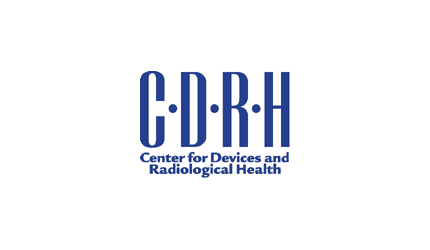FDA: Device breakthrough program surpassed expectations, while novel device authorizations fell in 2021
 ComplianceMedical DevicesNorth AmericaRegulatory Intelligence/PolicySupply Chain Management
ComplianceMedical DevicesNorth AmericaRegulatory Intelligence/PolicySupply Chain Management ComplianceMedical DevicesNorth AmericaRegulatory Intelligence/PolicySupply Chain Management
ComplianceMedical DevicesNorth AmericaRegulatory Intelligence/PolicySupply Chain Management